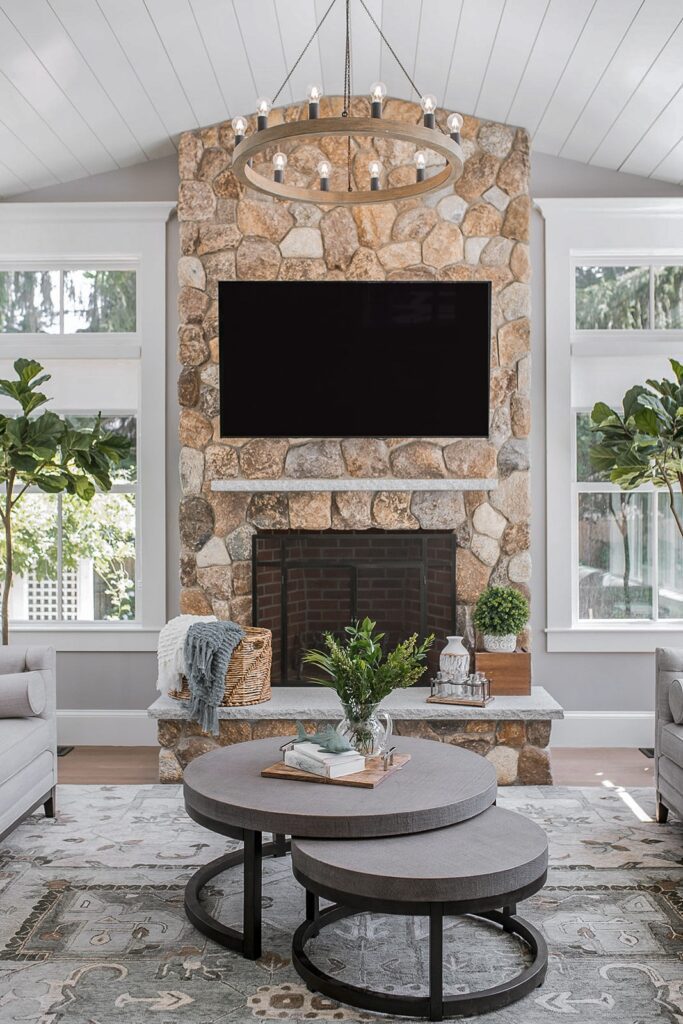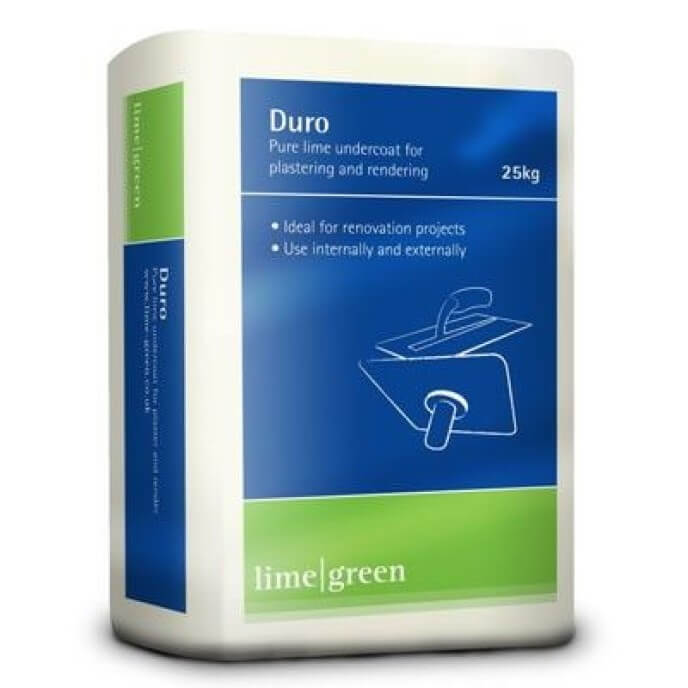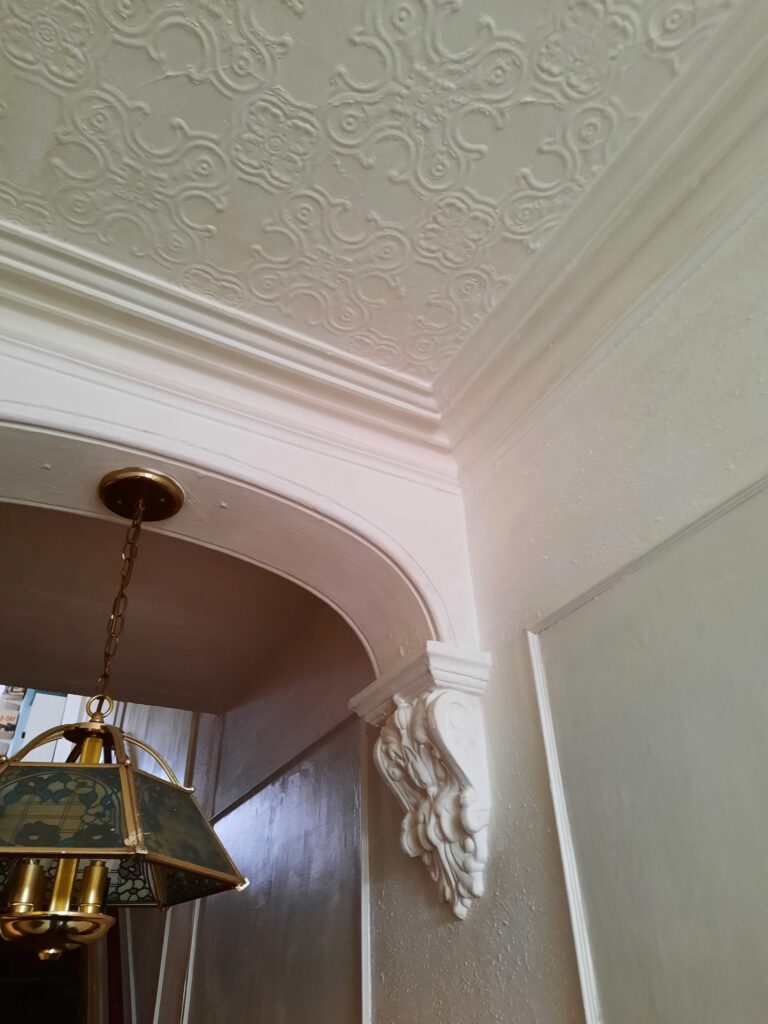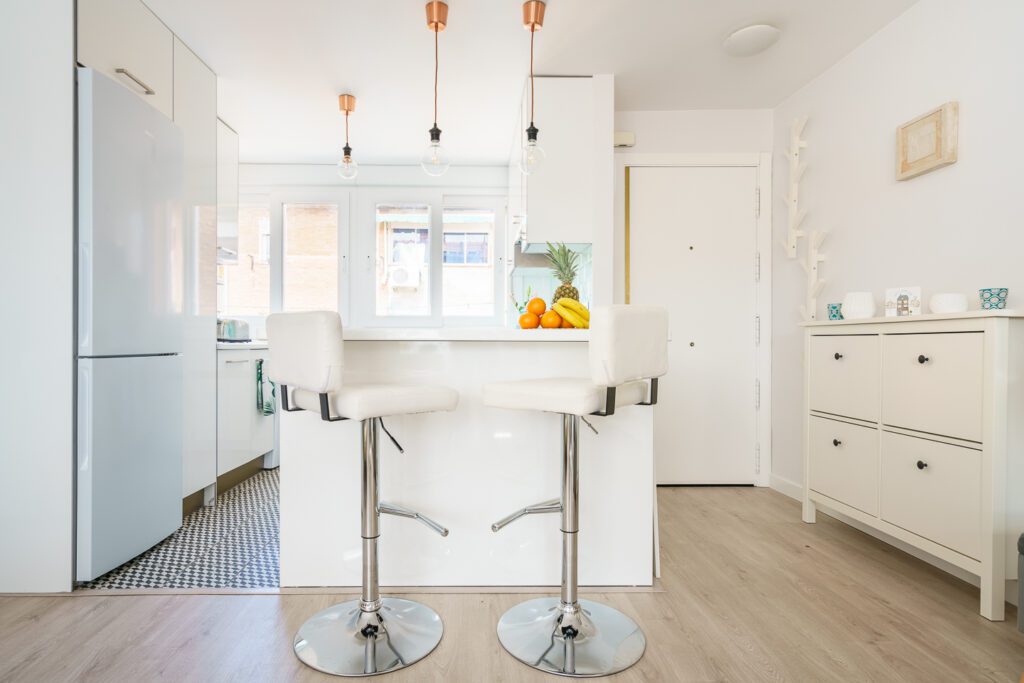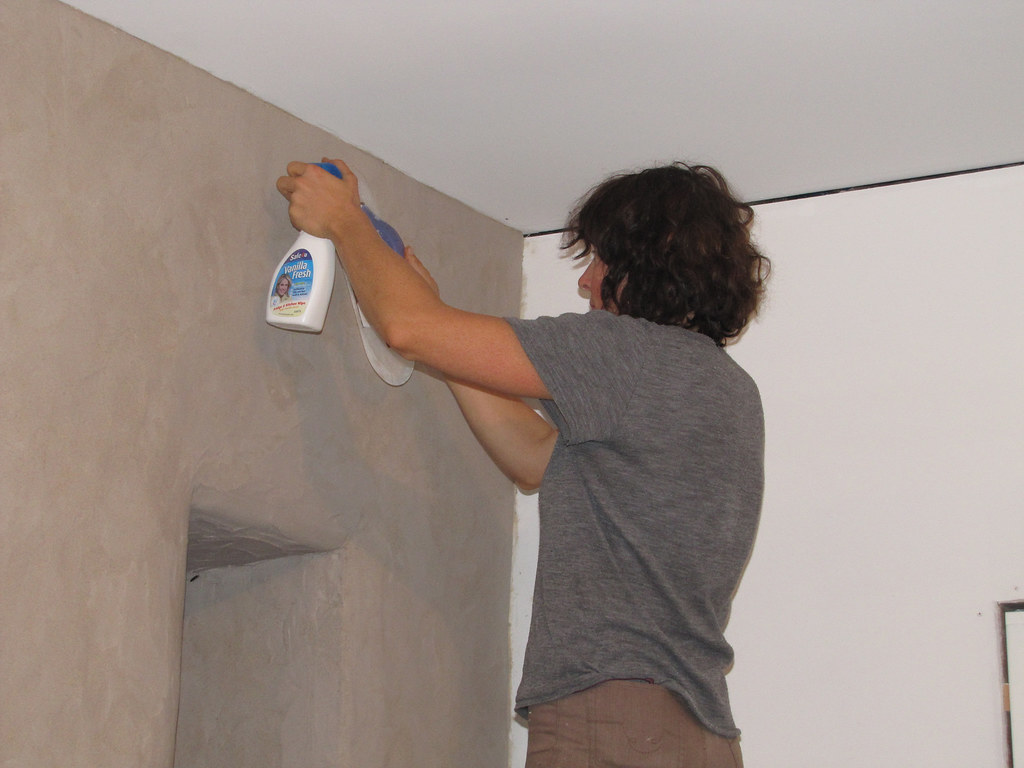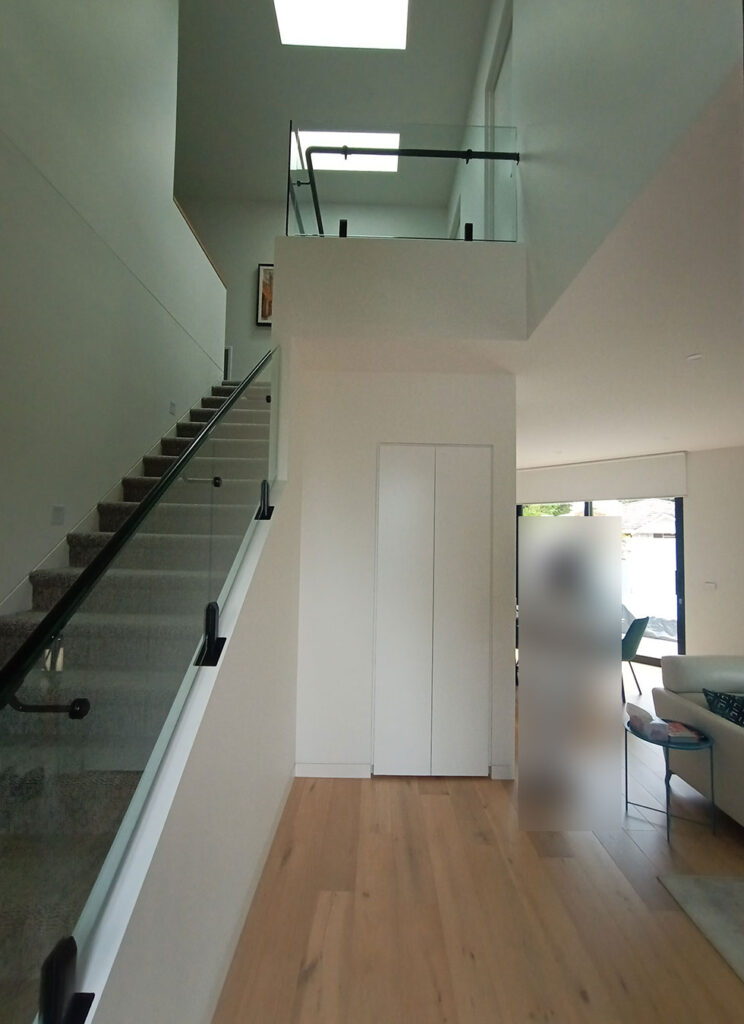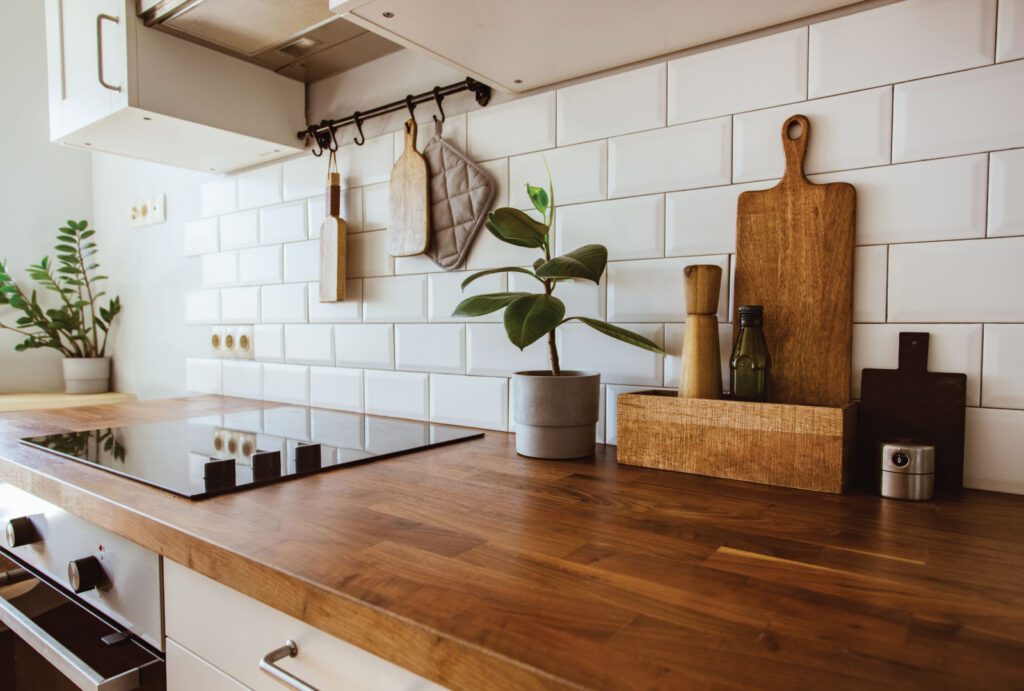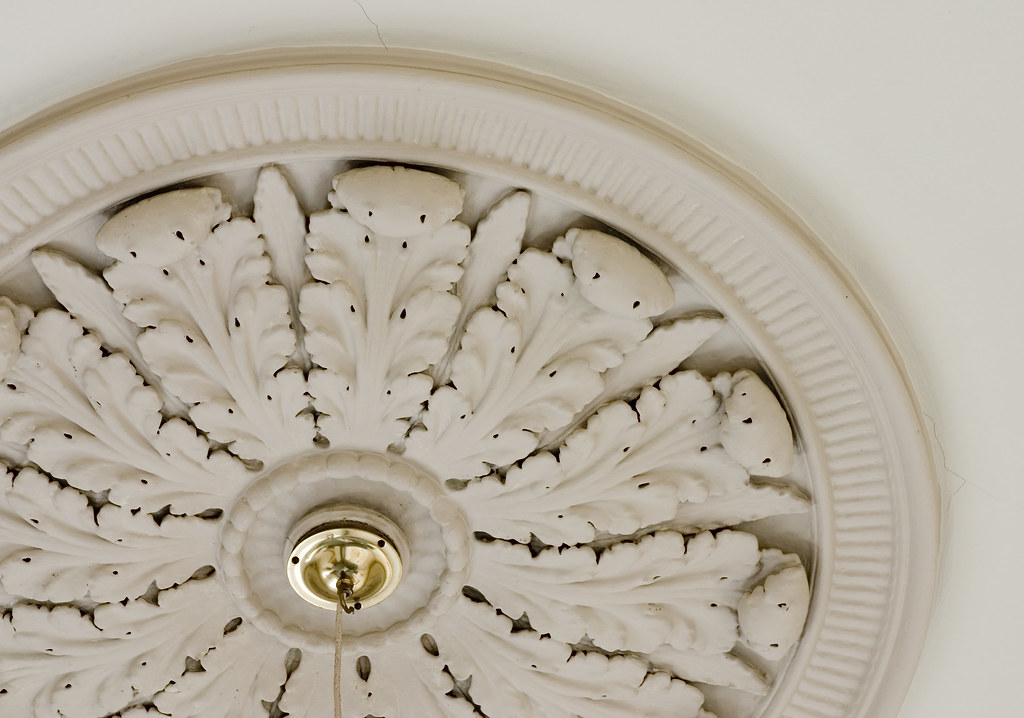How Smart Renovations That Increase Home Value Can Transform Your Property’s Worth
Discover the strategic renovations that increase home value by up to 25% with expert insights from Kent’s leading plasterers. Understanding the Impact of Strategic Home Improvements In today’s competitive UK property market, strategic home improvements have become increasingly crucial for homeowners looking to maximise their property’s value. Recent studies show that well-planned renovations can boost home value by up to 25%, making it essential to understand which improvements offer the best return on investment. The key lies in selecting upgrades that not only enhance aesthetic appeal but also improve functionality and energy efficiency. According to recent property market data, UK homes with strategic renovations sell 60% faster and command higher prices than their unimproved counterparts. This comprehensive guide will explore the most impactful improvements that can transform your property’s worth while maintaining its character and appeal. High-ROI Exterior Improvements External renovations consistently rank among the most valuable home improvements, offering returns of up to 85% on investment. These improvements create that crucial first impression and significantly enhance your property’s kerb appeal. Data from UK estate agents indicates that homes with well-maintained exteriors typically sell for 7-14% more than similar properties with dated or neglected exteriors. Curb Appeal Enhancements Professional exterior plastering and rendering (ROI up to 92%) High-quality front door replacement (Average ROI 75%) Modern garage door installation (ROI approximately 95%) Professional landscaping and garden improvements (ROI 80%) Fresh exterior painting with contemporary colours (ROI 55-65%) Structural Improvements That Pay Off Investing in structural improvements provides both immediate and long-term benefits. Recent UK housing market data shows that structural upgrades can increase property values by 15-20%. Key focus areas include: Roof replacement or repair (ROI up to 70%) Foundation waterproofing and damp-proofing (Essential for UK climate) Chimney repairs and maintenance Wall insulation and structural reinforcement Interior Renovations That Add Significant Value Interior renovations remain among the most influential factors in property valuation. Recent market analysis indicates that strategic interior improvements can increase home values by 15-28%, with certain rooms offering particularly high returns. The key is focusing on spaces that potential buyers prioritise, ensuring modern functionality while maintaining broad appeal. Kitchen and Bathroom Transformations Kitchens and bathrooms continue to be the most crucial internal spaces for property value. Modern, well-designed kitchens can increase home value by up to 15%, while updated bathrooms can add 5-10% to your property’s worth. Essential improvements include: Modern kitchen layouts with quality worktops and storage Energy-efficient appliances and smart integration Luxury bathroom fixtures and modern tiling Spa-like features and water-efficient installations Living Space Optimisation Maximising usable living space has become increasingly important, with UK buyers willing to pay premium prices for well-utilised spaces. Converting unused areas can add substantial value: Loft conversions (Adding up to 20% to property value) Basement renovations (15% increase in home value) Open-plan living arrangements (10-15% value increase) Additional bathroom installation (5% value boost) Energy-Efficient Upgrades With rising energy costs and increasing environmental awareness, energy-efficient improvements have become crucial for property value. UK homebuyers are willing to pay up to 15% more for energy-efficient homes, making these upgrades particularly valuable. Window and Insulation Improvements Double or triple glazing installation (ROI up to 85%) Cavity wall insulation (Annual savings of £250+) Loft insulation (ROI within 2-4 years) Draught-proofing measures (Immediate energy savings) Smart Home Integration Smart home technology has become increasingly important to modern buyers, with properties featuring integrated smart systems commanding premiums of up to 5%. Key improvements include: Smart heating controls and thermostats Security systems with smart capabilities LED lighting with smart controls Integrated home automation systems Professional Execution: The Key to Maximum Returns The quality of workmanship significantly impacts the value added by renovations. Professional execution by qualified contractors can increase the ROI of improvements by up to 30% compared to DIY attempts. This is particularly crucial for specialist work like plastering, where expert finishing can dramatically affect the final result. Planning Your Renovation Strategy Success in home improvement requires careful planning and prioritisation. Consider these key factors: Current market trends and buyer preferences Local property values and improvement potential Budget allocation for maximum impact Project timing and market conditions Working with Professional Contractors Selecting the right contractors is crucial for achieving optimal returns on your renovation investment. Professional plasterers and other specialists should demonstrate: Relevant qualifications and certifications Comprehensive insurance coverage Strong portfolio of similar projects Positive client testimonials and references Making the Most of Your Investment The success of your renovation project depends on making informed decisions and working with qualified professionals. By focusing on high-impact improvements and ensuring quality execution, you can significantly increase your property’s value while creating a more comfortable and efficient living space. Remember that the key to maximising returns lies in careful planning, professional implementation, and attention to current market trends and buyer preferences. FAQ What hurts house resale value? High-end finishes and luxury appliances in the kitchen and bathroom may seem like a great investment, but they can actually work against you when selling. Kendra explains that luxury materials and designer brands may not appeal to every buyer, especially if they make your home the most expensive one on the block. Sources [1] https://money.com/renovations-that-increase-home-value-and-how-much-they-cost/ [2] https://www.bankrate.com/homeownership/home-renovations-that-return-the-most-at-resale/ [3] https://makeitright.ca/holmes-advice/home-renovation/8-home-renovations-that-add-the-most-value-to-your-home/
How Smart Renovations That Increase Home Value Can Transform Your Property’s Worth Read More »

